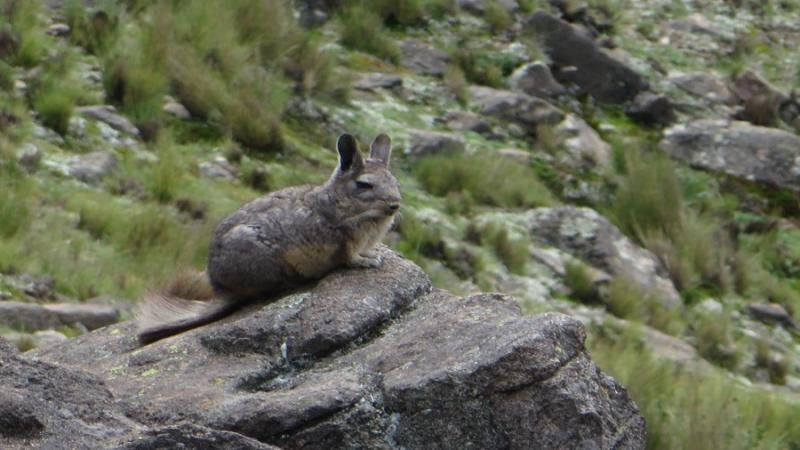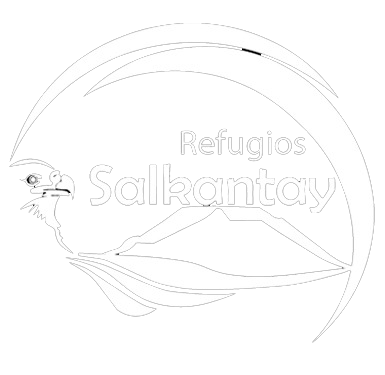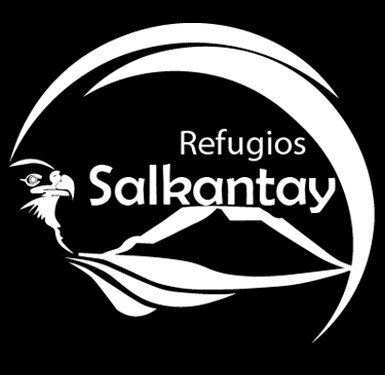
Care and Protection of the Andean Viscacha
RResponsibility of the Tourism Agency and Salkantay Operators
What is the Andean viscacha?
The Andean viscacha (Lagidium peruanum) is a rodent native to the Andes, known for its dense, soft fur, long ears, and bushy tail that helps it balance on rocky terrain. It inhabits high-altitude regions, especially in areas like Salkantay and Machu Picchu, and is a fundamental part of Andean biodiversity.
Importance of the Andean viscacha
Ecological: Helps maintain the balance of the Andean ecosystem, contributing to seed dispersal and serving as prey for natural predators.
Cultural: Featured in textiles and ceramics of pre-Columbian cultures, symbolizing agility and adaptability.
Main threats
Habitat fragmentation and loss due to urban development, mining activities, and unregulated tourism expansion.
Direct human disturbance, such as excessive tourist approach, improper feeding, or alteration of their shelters.
Illegal trafficking and hunting, although less common, still pose a threat in some regions.
Commitments and actions for its protection
As a tourism agency and operators in Salkantay, protecting the Andean viscacha must be a pillar of environmental and social responsibility. Key actions include:
1. Education and awareness
Inform tourists about the ecological and cultural importance of the Andean viscacha.
Promote best practices for wildlife observation: keep distance, do not feed, do not disturb or attempt to touch the animals.
2. Responsible field practices
Respect the resting areas and habitats of the viscacha, avoiding access to sensitive areas.
Do not alter or destroy natural shelters (caves, rocks).
Limit the number of visitors in sighting areas to reduce stress on wildlife.
3. Surveillance and reporting
Train staff to identify and report illegal activities (hunting, trade, harassment of wildlife).
Collaborate with authorities and local organizations for the protection and monitoring of the species.
4. Participation in conservation initiatives
Join campaigns and responsible tourism seals, such as “Protect Your Wildlife,” which promote zero tolerance for trafficking and mistreatment of wildlife.
Support research and conservation projects for the Andean viscacha.
Code of Best Practices for Tourists and Operators
Recommended Practice / Description
Keep a safe distance: Observe the viscacha without approaching or chasing it.
Do not feed or touch: Avoid any direct interaction that alters its natural behavior.
Respect habitats and shelters: Do not enter or modify the species’ resting areas.
Avoid noise and litter: Minimize environmental impact and avoid stressing wildlife.
Report illegal sightings: Report suspicious activities to the competent authorities.
Mensaje final para turistas y colaboradores
Como agencia y operadores en Salkantay, asumimos el compromiso de proteger la viscacha andina y su hábitat, promoviendo un turismo responsable que valore y preserve la biodiversidad de los Andes. Invitamos a todos nuestros visitantes a ser parte activa de esta misión, disfrutando de la naturaleza con respeto y conciencia.

